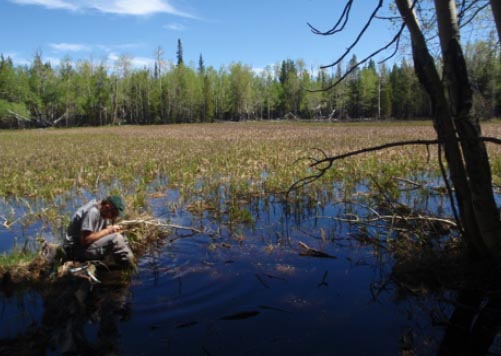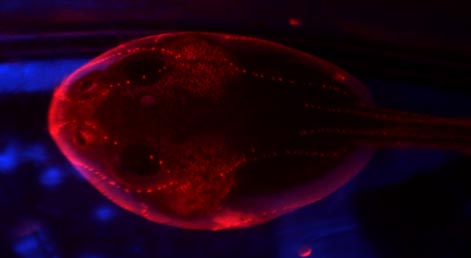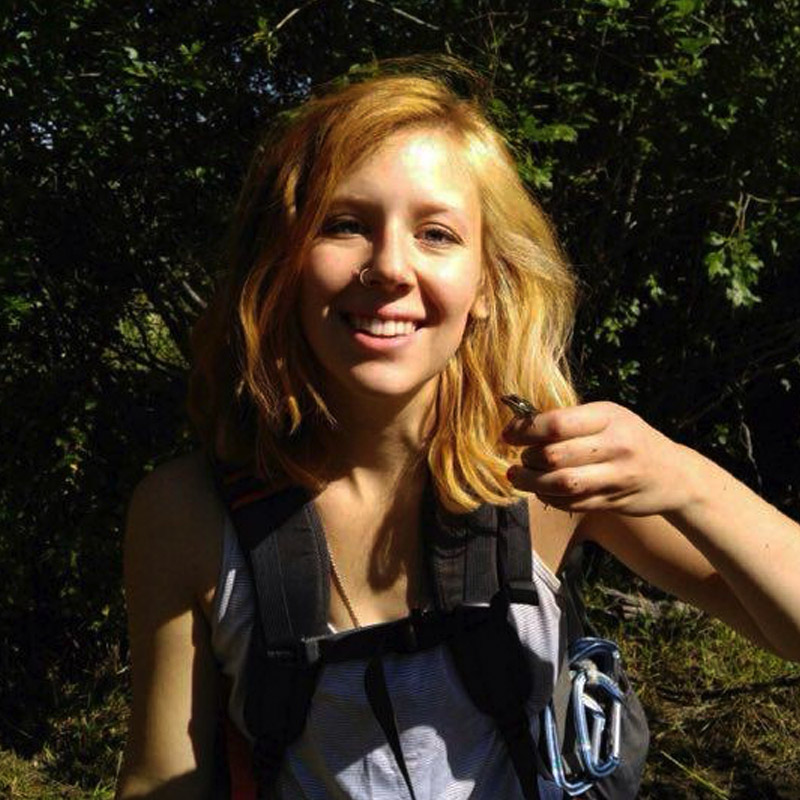Millie Vazquez
Millie Vazquez
Amelia (Millie) Vazquez, MSc
Position: Wildlife Genomics Technician
Projects: Black bear genetics; Mule deer genomics and disease ecology; various Post-doc and graduate student lab projects
Education: B.Sc. Biology, Truman State University, 2013; MSc. Zoology, Oklahoma State University, 2016
Research interests:
I’m broadly interested in understanding population structure and using genetics to further conservation efforts. Genetic sequencing is an efficient tool for estimating population size and health of black bears while remaining non-invasive which is essential to my goals as a conservationist. I’m also interested in how anthropogenic forces, such as fragmentation, habitat loss, and conservation management plans affect populations and the landscape for various species including black bears, mule deer, mountain lions, hummingbirds, pronghorn and bighorn sheep.
 Black Bears (University of Wyoming)
Black Bears (University of Wyoming)
Continuing on the foundation of black bear genetics started at Dr. Ernest’s previous lab at UC Davis, we will further analyze hair samples collected from coastal and Sierra Nevada ecoregions in California. We aim to effectively estimate bear population numbers, and assess landscape genetics in California, using hair samples collected from noninvasive and harmless hair snares. Molecular mark-recapture will allow us to identify movement of individual black bears and compare current estimates of population size to previous work completed by Jamie Sherman (PhD student in Dr. Ernest’s lab) and the California Department of Wildlife (CDFW).

Sampling wood frogs and recording site-specific characteristics in Willow Park, Wyoming (July 2016).
Amphibian genetics and environmental DNA analysis: Previous work with USFWS and Dr. Melanie Murphy
Several amphibian species in southern Wyoming and northern Colorado are listed as vulnerable or endangered. I completed visual encounter surveys for northern leopard frogs, boreal chorus frogs, wood frogs, western toads and barred salamander in high elevation (>9000 ft.) wetlands in Medicine Bow and Routt National Forests. Environmental DNA was collected to further predict if elusive or endangered species were present in each wetland, but not visually detectable. This project also aimed to approximate the presence of the chytrid fungus, a serious and fatal disease affecting amphibians in North America as well as globally.

Southern leopard frog tadpole under fluorescence microscopy, displaying healthy lateral lines around the eyes and dorsally.
Anuran Behavior and Toxicology (Oklahoma State University)
Sub-lethal copper exposure affects the lateral line system in two species of tadpoles; southern leopard frogs and Great Plains toads. Heavy metals in the environment have increased due to natural and anthropogenic sources, and can alter behavior, result in teratogenesis, decrease reproduction and hinder survival in amphibians. Lateral lines are vital to sensing water movement and direction, and damage to this organ system can impair predator detection, and proper orientation towards a current. Other projects of my MSc degree included morphometric analysis of Plains spadefoot tadpoles in the presence of various predator cues, studying kin recognition behavior in Great Plains toad tadpoles, and development of a food-based assay for Physa snails.


